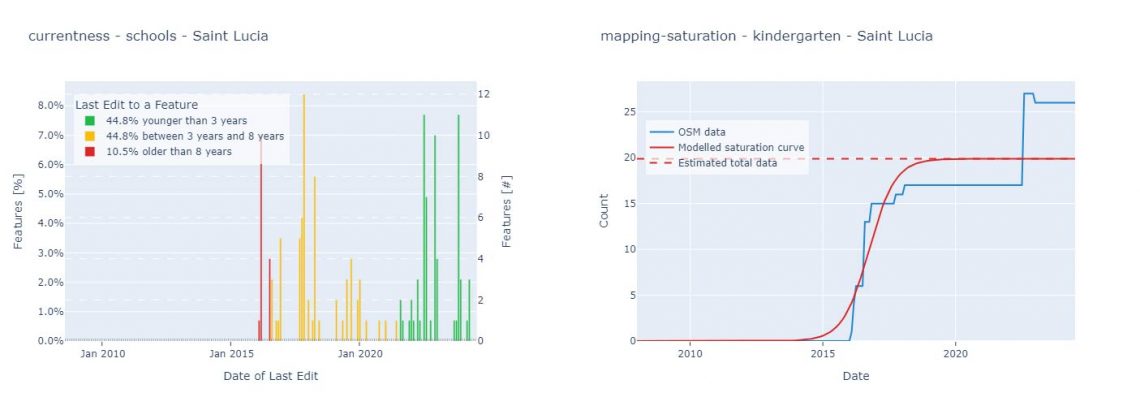The renewable energy (RE) sector is a cornerstone of global climate action, yet its workforce remains marked by gender inequality. Women are significantly underrepresented, often relegated to lower-paid, non-technical roles. Traditional analyses of this disparity frequently ignore the spatial dimensions that influence women’s employment opportunities—factors like public transportation access, safety, and neighborhood walkability. Addressing these gaps, a recent study introduces the Geospatial Women’s Employment Analytical Framework (GeoWEAF) to assess spatial influences on women’s access to RE jobs.
GeoWEAF identifies 15 key spatial factors across three dimensions: Contextual, Accessibility, and Place-Characterization. These dimensions offer a holistic view of how geography impacts women’s employment prospects. Piloted in Saint Lucia, GeoWEAF highlighted critical barriers such as limited walkability, insufficient access to essential services, and challenges in transportation infrastructure. The findings underscore the need for spatially informed policy interventions to promote gender equity in the RE workforce.
By developing and applying a framework centered on spatial factors (GeoWEAF), the research highlights the significance of addressing geographical disparities and environmental characteristics to close the gender gap in employment. The application of the GeoWEAF in Saint Lucia reveals that, despite some areas of progress, significant challenges persist, particularly concerning walkability, and access to essential services like childcare, pharmacies, and grocery stores—services crucial for women balancing caregiving responsibilities. These barriers significantly hinder women’s full participation in the workforce.
Reference: https://www.sciencedirect.com/science/article/pii/S2214629624005085#f0010
Related blogpost: Quality Assessment for World Bank GEEST Methodology

